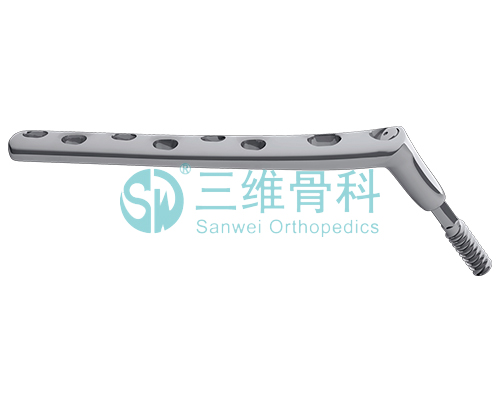Professor Li Qingyun from the College of Horticulture, Hebei Agricultural University, said that due to the obstruction of gas exchange inside and outside the greenhouse during the production of celery, the concentration of carbon dioxide in the greenhouse decreased with the photosynthesis of celery, especially the concentration of carbon dioxide from 9 am to 1 pm low. In order to increase the photosynthesis rate of celery and promote the growth and development of celery, the application of carbon dioxide gas fertilizer in the protected area is a technical measure with significant economic benefits. The experiment showed that the application of carbon dioxide can promote the development of celery roots, enhance the photosynthetic capacity, increase the net assimilation rate, and the plants are robust and strong in stress resistance. The yield per acre can increase more than 1,000 kilograms. Carbon dioxide can play an important role in increasing production. How can it be reasonably applied? Professor Li said that there are mainly three ways. The first is the chemical reaction method. That is, carbon dioxide and strong acid react to produce carbon dioxide, so that the carbon dioxide in the protected place reaches a suitable concentration. In production, generally, dilute sulfuric acid and ammonium bicarbonate react to produce ammonium sulfate, water and carbon dioxide. The specific approach is to take 10 to 20 points per acre of sheds, dig 30 cm in diameter and 20 cm in depth at each point, or suspend waste plastic bottles or bowls with ropes about 1 meter from the ground. The air. In order to prevent the ammonium bicarbonate from being added into the sulfuric acid reaction, the foam generated by the reaction may splash and damage the operators and the stems and leaves of the celery. An acid-resistant pot or an open plastic bucket may be used. First, 3 parts of fresh water may be added, and then 1 part of concentrated Sulphuric acid is slowly added to the water along the wall, stirring constantly, and cooling is used. The sulfuric acid for the reaction may be charged in the container for 3 days at a time, and ammonium bicarbonate may be added thereto in the required amount every day. The amount of sulfuric acid put into each spot may depend on the control area. Ammonium bicarbonate was added half an hour after sunrise each day, while stirring, and the shield was sealed for 2 hours before releasing the air. From the start of easing seedlings, it can be applied continuously for 40 to 60 days, and it should be parked on rainy days. A one-to-two kilograms of carbon dioxide is added once per acre to protect the land every day, which can increase production significantly. Its concentration should not exceed 1500 ppm. Daily required amount of ammonium bicarbonate (g) = Volume of protected space (cubic meters) Applied carbon dioxide concentration (ppm) 0.0036; Daily required amount of sulfuric acid (g) = Daily required amount of ammonium bicarbonate (g) 0.62 . Another method is the application of liquid carbon dioxide. The carbon dioxide gas is compressed into a cylinder (available on the market) and put directly into the protective earth. Two parallel vent pipes are generally set in the protected area, one is about 80 centimeters from the ground, and the other is 10 to 20 centimeters from the roof. Every 60 centimeters in the pipe is used to drill a hole with a diameter of 0.3 centimeters. It is clear at 8:30 am on sunny days. Relieve air once at 11:30 and add about 2 kg of carbon dioxide. In 1 hour, the carbon dioxide concentration in the shed can reach 1200 to 1500 ppm. This method has low labor intensity, but the cost is high. The third method is to burn fuel to produce carbon dioxide. The use of fuels such as kerosene, coal gas, coal, etc., is easier to source and easy to use. It can increase the concentration of carbon dioxide and raise the temperature. However, the concentration of carbon dioxide gas is not easy to control, and carbon monoxide, sulfur dioxide and other harmful gases are often associated with combustion. ,higher cost.
The DHS system is designed to provide strong and stable internal fixation of a variety of intertrochanteric, subtrochanteric and basilar neck fractures. The plate including stainless steel and titanium model. The DHS plates have a low-profile design, reducing the risk of trochanteric bursits.
The low-profile design reduces the risk of iliotibial band irritation(distal femoral fractures) and trochanteric bursitis(subtrochanteric fractures)
The DCS plates are available with 6 to 16 holes , for varied clinical situations. the DHS/DCS lag screw is available in 50mm to 145mm lengths. The DHS/DCS compression screw can be used for additional compression; only one size compression screw is needed.

DHS/DCS Dynamic Hip And Condylar System
DHS/DCS Dynamic Hip And Condylar System, DHS/DCS Dynamic Hip,DHS/DCS Condylar System,DHS Plate
Shandong Hangwei Orthopedics Medcial Instrument Co., Ltd. , http://www.hangweimedical.com
